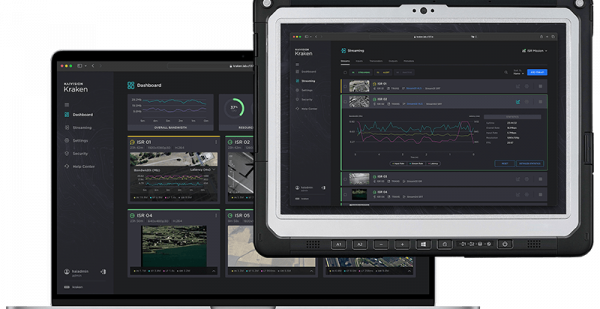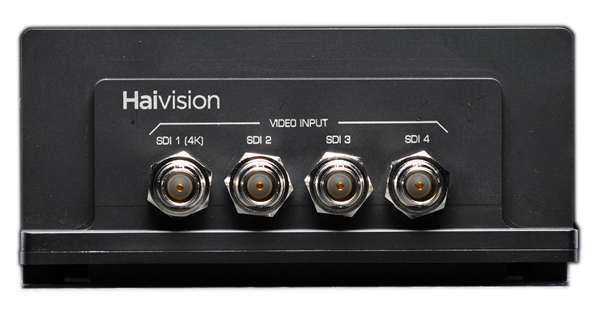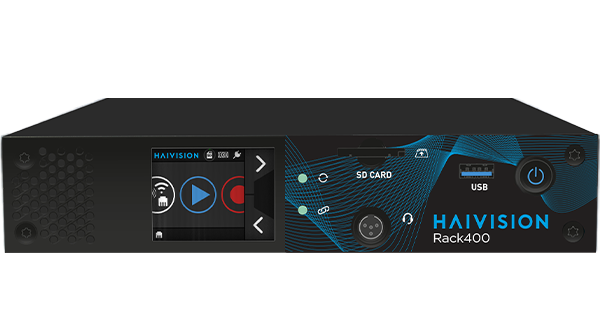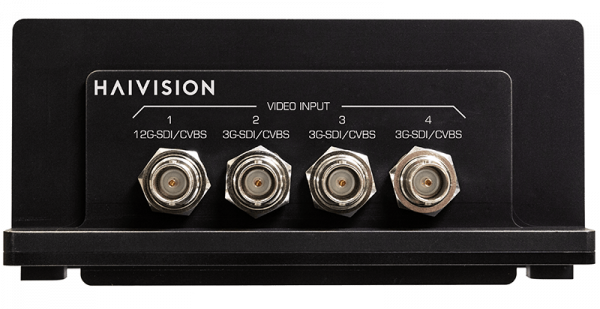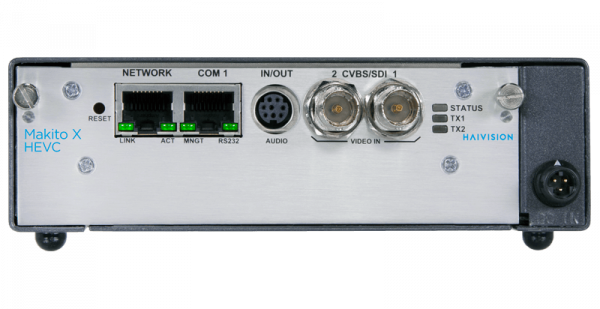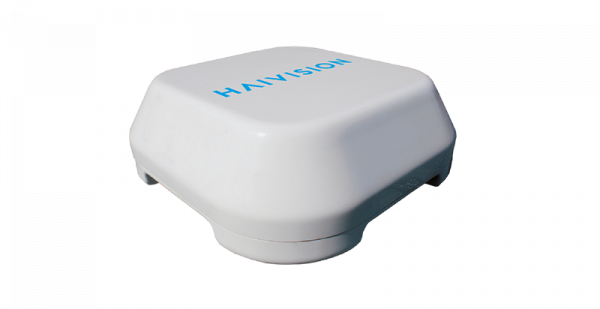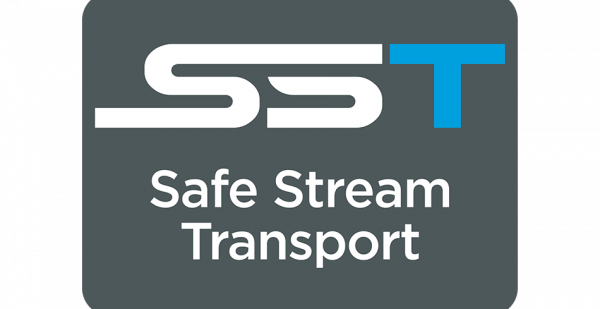Driven by the need to achieve greater efficiencies and create more content, the shift to remote production had already started prior to 2020. In the past two years of a worldwide pandemic that has led to social distancing measures and lockdowns, there’s been a dramatic acceleration in the use of remote production workflows. As part of our Video Encoding Basics series, we will be reviewing the fundamentals of remote production – what it is, what the benefits are, and how to implement a remote production solution for your own workflows.
What is Remote Production?
Remote production, sometimes referred to as the Remote Integration Model (REMI) or at-home production, is a broadcast workflow where content is captured live at a remote location while production is performed at a central location, on premise or in the cloud. Remote production is typically used for sports or other events, where having a full production suite on-location is not reasonable.
Remote production over IP using the public internet and cellular networks to stream video and audio feeds from the field location to the production facility, has certainly aided the widespread adoption of remote production. In the past, teams needed to use expensive equipment such as OB (outside broadcast) vans and satellite uplinks to send live video and audio feeds back to the studio. But as more venues have become equipped with broadband connections, more broadcasters have adopted remote production over IP – not only is it much less expensive, but has also been shown to have lower latency than older methods.
What are the Benefits of Remote Production?
Reduces Cost and Complexity
Deploying OB trucks and on-site production equipment is an expensive proposition requiring significant investment in logistical planning, video hardware, and support personnel. In addition, set up times are long, and there are many moving parts to contend with, allocating, transporting, and setting up equipment, securing and provisioning satellite links, as well as coordinating staff schedules, travel, and hotel arrangements. By eliminating the costly and complex coordination associated with deploying OB trucks full of expensive equipment and on-site production teams there are substantial time and cost-savings to be made.
Maximizes Resources
With fewer people deployed in the field, broadcasters can instead focus on optimizing the use of their existing resources to produce more high-quality content. Remote production allows broadcasters to leverage their best operators, editors, and onscreen talent to work on multiple events with greater attention to consistency and quality. For example, a replay operator on-site at a sporting event might be only utilized for three hours during a four-day period. If the replay operator is at home, however, they could be running replays around the world, all the time.
Decentralizes Production
Recent events have driven the need for broadcasters to decentralize their production workflows to include multiple production locations as well as home-based staff. Low latency IP streaming, including over the internet with SRT, or over mobile networks with SST, provides access to live production streams from anywhere. This can also include bi-directional streams for live interviews with remote subjects and talent. Executives and other staff can also access low-latency streams to monitor live production from a laptop or mobile device using an encrypted connection to a cloud or on-premise stream gateway.
Allows Creation of More Content
When it comes to live content, customers want more choice and they’re willing to pay for it, particularly live sporting events which remain a huge draw. And this demand is not limited to just high-profile, traditional sports leagues, but niche, minor, and so-called second-tier sports such as college sports, volleyball, e-sports, and even rodeo which have a rapidly growing fanbase. The challenge with these events has been that deploying resources onsite is simply cost-prohibitive. By harnessing the latest video technologies designed for remote production, broadcasters can expand their coverage to meet demand while keeping production costs in check.
Remote production over the internet not only enables broadcasters to reach audiences with niche content, but it also allows them to increase coverage of a major event by permitting more feed from multiple cameras around a venue. Fan-cams in the bleachers to player or bench cams, streams overlaid with real-time stats to video with bespoke commentary give the viewer more personalized viewing options, and the video service provider great potential for targeted advertising. With no cost restrictions around broadcasting time, providers have greater flexibility in building programming around an event.
How does Remote Production Work?
The workflow diagram below shows an example of what a basic remote contribution workflow from a sports venue might look like. In this workflow, there are four cameras, each connected to video encoders, sending the video streams using the SRT streaming protocol, through a gateway, to video decoders at the production studio, where the production team can then switch between camera angles and prepare the footage to be distributed to viewers.
There are, of course, many variations of this workflow, depending on what the live video is being used for. But in each workflow, using the right tools will ensure that your video feeds are synchronized, live video will arrive with low latency and high quality, and your video streams will be secure from unauthorized users.
Haivision Solutions for Remote Production
For a remote production approach to be both successful and sustainable, broadcasters must be able to capture all the live action without compromising on quality to deliver the best possible experience to viewers. There have been justifiable concerns that have made some video providers reluctant to commit to this path. These concerns include connectivity and reliability, synchronization, latency, and security. Aimed at addressing these challenges, Haivision offers a range of cost-effective, reliable, and secure video solutions for flexible IP and cloud-enabled broadcast workflows. From video encoders and decoders to video transmitters, field units and receivers, and video transport, broadcasters around the globe rely on Haivision solutions to deliver low latency, flawless video with rock-solid reliability. Broadcasters like Fox Sports, the NFL, Eurovision Sport, and Game Creek trust and depend upon Haivision’s next-generation technologies are powering their remote production workflows.
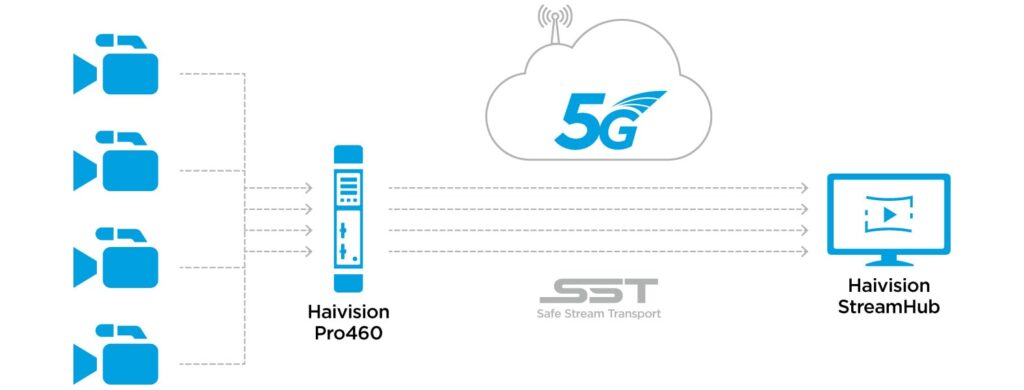
The Future is Remote
However the future unfolds, it’s clear that the benefits of decentralized remote production over IP networks have been greatly amplified by recent events. The advantages of IP and internet video streaming for remote production include more than just cost efficiencies, but also the potential for broadcasters to innovate with new ways to create and consume content. More employees are working from home than ever before and this trend is likely to continue as broadcasters realize the benefits of reducing the need for travel, improving work-life balance, and being able to hire the very best talent no matter where they are located.
Decentralized production offers the flexibility for broadcast engineers and producers to work together in real-time to create and deliver more high-quality events. With the near ubiquity of high bandwidth internet and the ongoing rollout of 5G networks, live video streams for remote production can be shared in real-time from anywhere by broadcasters harnessing low latency transmission of live contribution over cellular networks. As in-house broadcast facilities deploy SMPTE 2110, entire broadcast workflows will be IP enabled over both public and private networks. Furthermore, remote production workflows encompass a mix of on-premise, at-home, and cloud-based elements for encoding, decoding, and video processing, all accessible via IP networks. To ensure that internet streaming does not become a bottleneck, technologies such as SRT can ensure low latency streaming, reliability, and security for decentralized remote production workflows. The potential for remote production over IP is limitless.
Have a question about remote production?
Our experts are here to help. Contact us today to find out how Haivision can help power your remote workflows.








